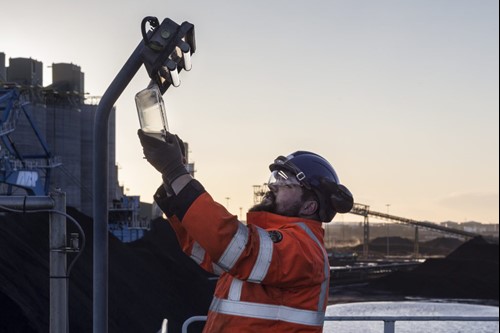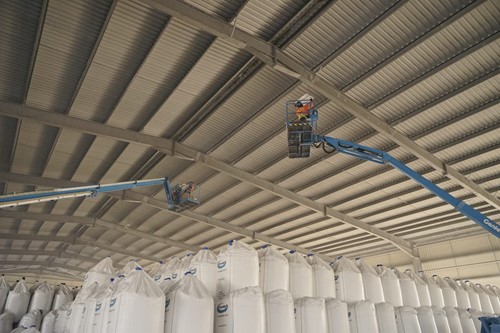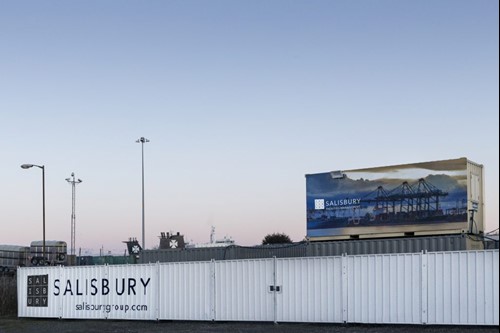Salisbury helps ABP be a port of call
In 2017, Associated British Ports (ABP) chose Salisbury Group as its provider of choice for an energy transformation project. ABP is the UK’s leading ports operator. It owns and operates 21 ports in the UK and manages around 25% per cent of the country’s total sea-borne trade. Its activities include transport, haulage and terminal operations, ship agency, dredging and marine consultancy.
Salisbury was commissioned to be ABP’s partner to undertake a major LED lighting project at its Port of Immingham site. This is the UK’s largest port by tonnage and is located near to Grimsby in North East Lincolnshire.
 We installed enrgy saving lighting throughout the Port of Immingham.
We installed enrgy saving lighting throughout the Port of Immingham.
The port handles around 62 million tonnes per year, handles 10% of UK fuel and includes the world’s largest dedicated biomass handling facility. It can berth vessels of up to 130,000 tonnes, it receives around 100 rail freight trains each week and it sees over 4,000 vehicle movements per day. As such, it plays an integral role in British infrastructure and logistics.
 We retrofited over 4,000 lamps including specialised ATEX explosion proof warehouse LEDs
We retrofited over 4,000 lamps including specialised ATEX explosion proof warehouse LEDs
We were contracted to design, supply, install and commission a transformative LED lighting solution across the port. We ran a procurement process to source the best options for the client and then deployed our technicians to site over a several-month period to transform around 4,000 lights across the port and supporting buildings.
 Our compound in the Port of Immingham
Our compound in the Port of Immingham
As well as fitting modern and sustainable lighting units across the port, our energy experts developed a solution that added significant value for our client in the areas below.
As a result of the successful project, our client is benefiting from:
- 4,000 new luminaires and new LED lighting
- Reduced light pollution through better technology
- Ongoing cost savings through much better efficiency
- Saving of around 1,500 tonnes of carbon dioxide per year – equivalent to the annual carbon footprint of 180 UK households
- Typical 40% increase in lux levels and a maximum of over 200% in some areas
- Lower health and safety risks throughout the port
